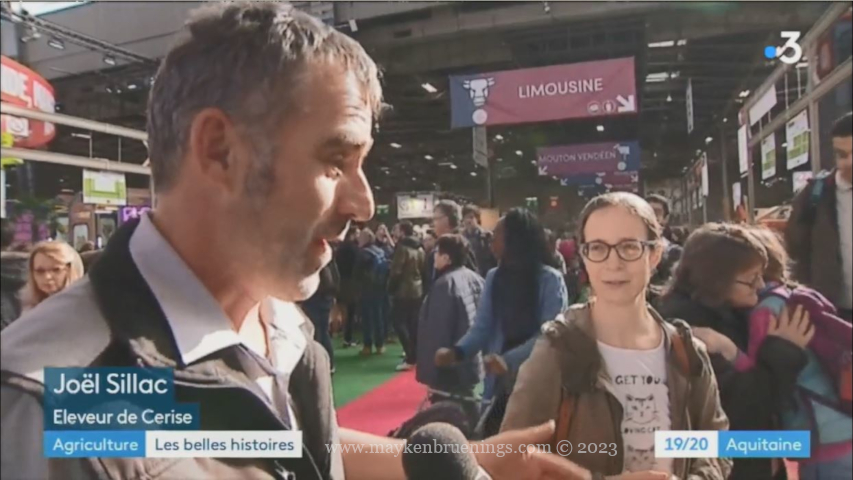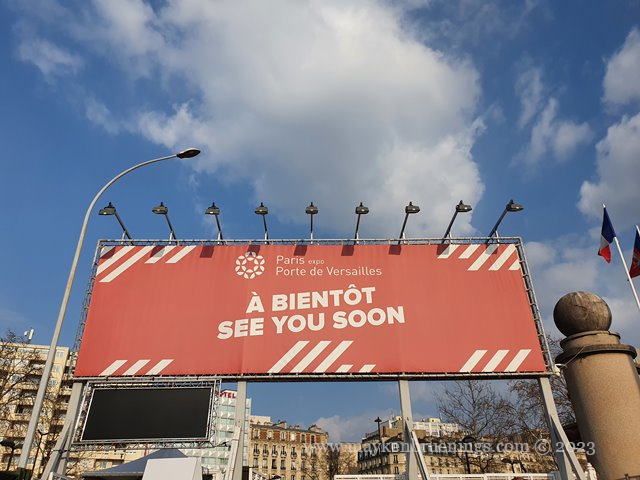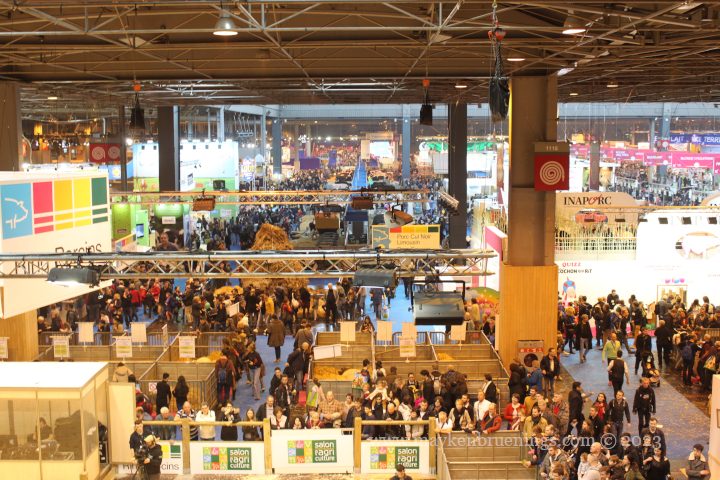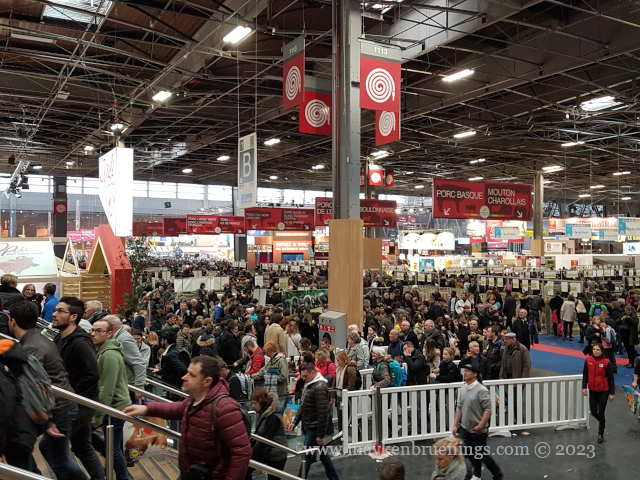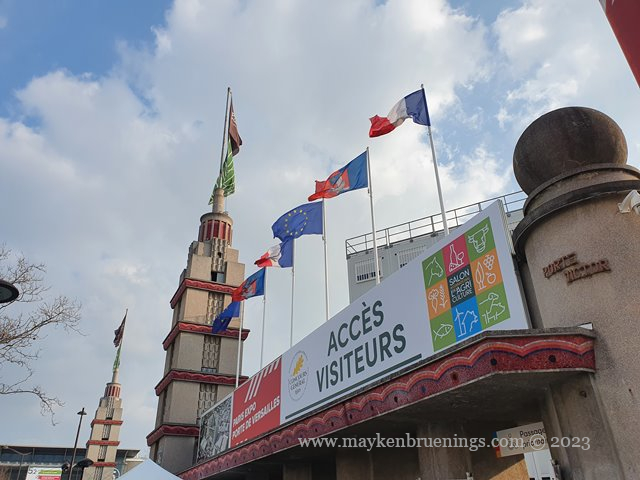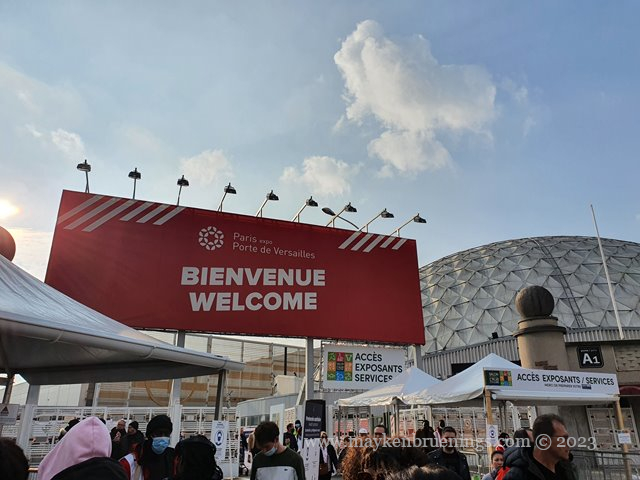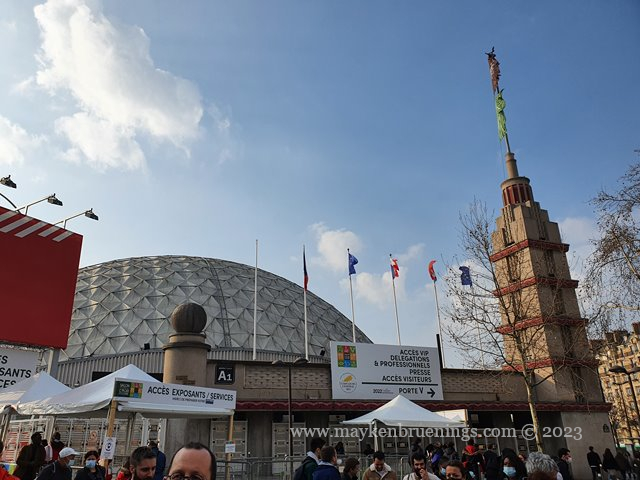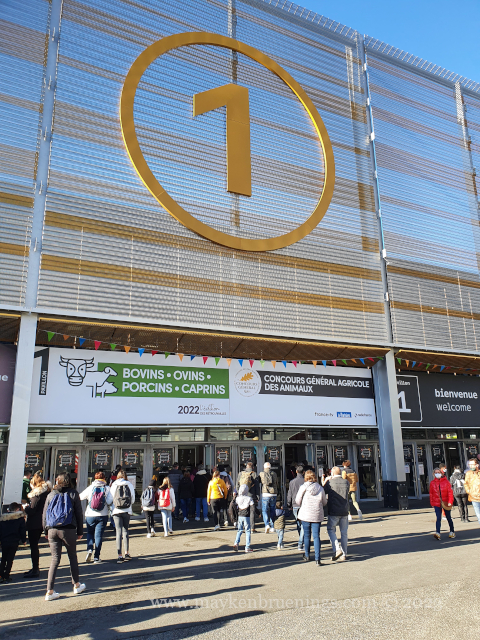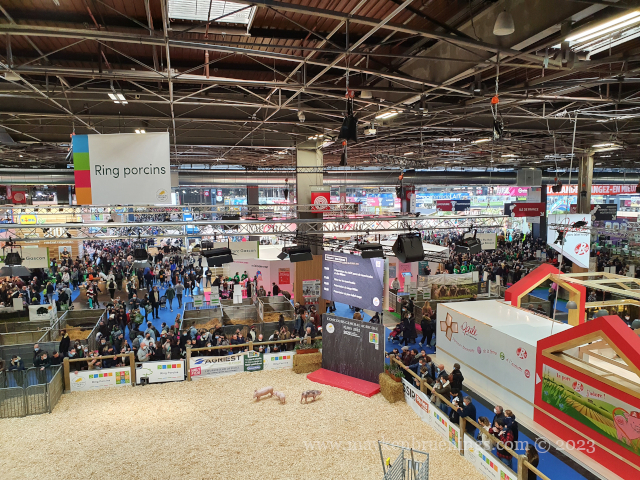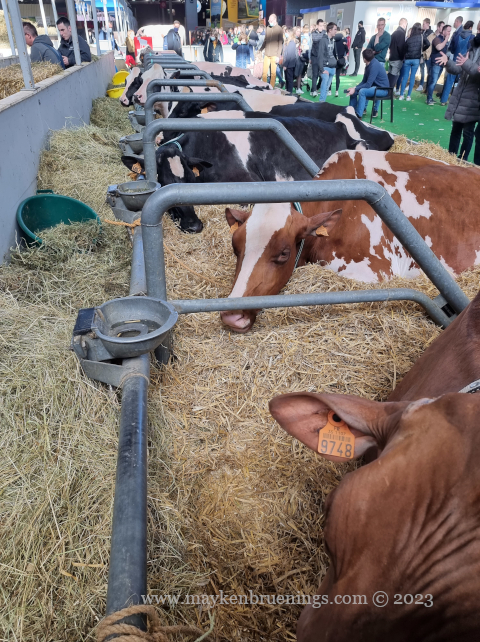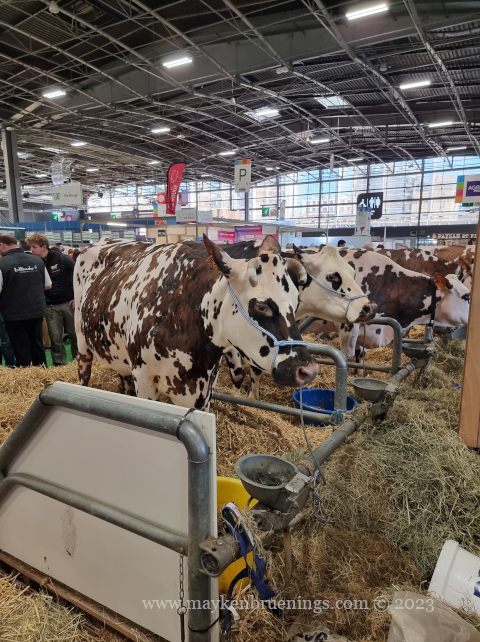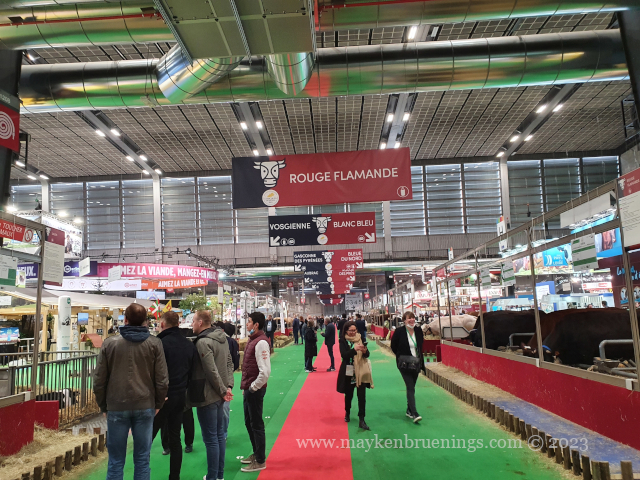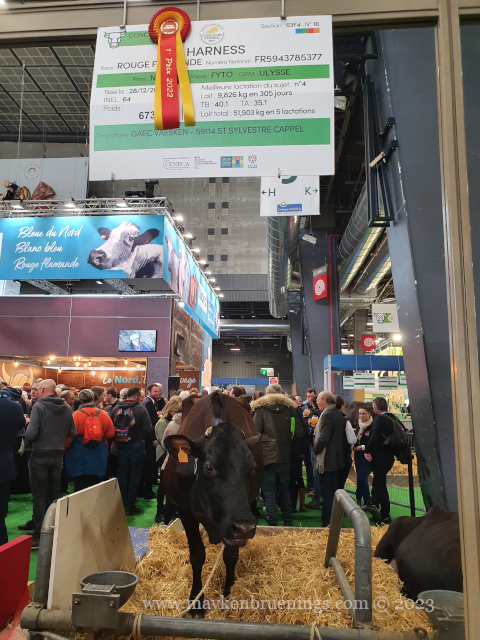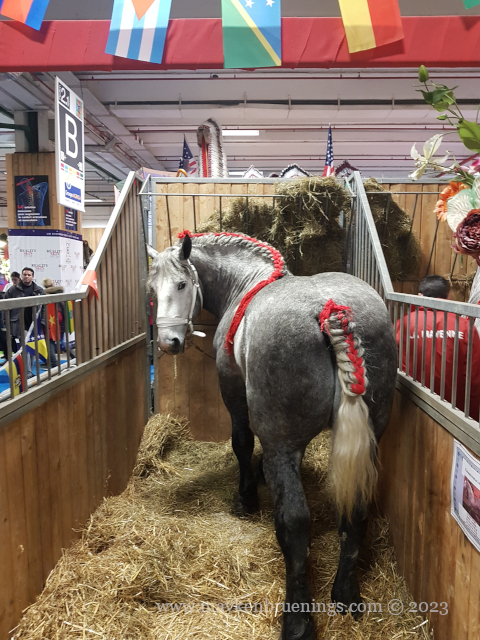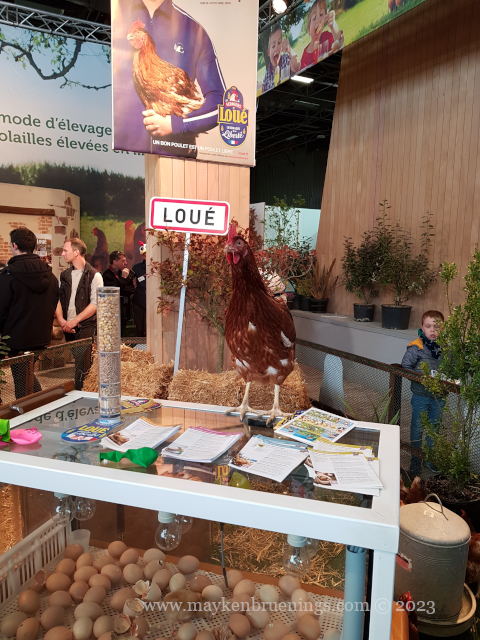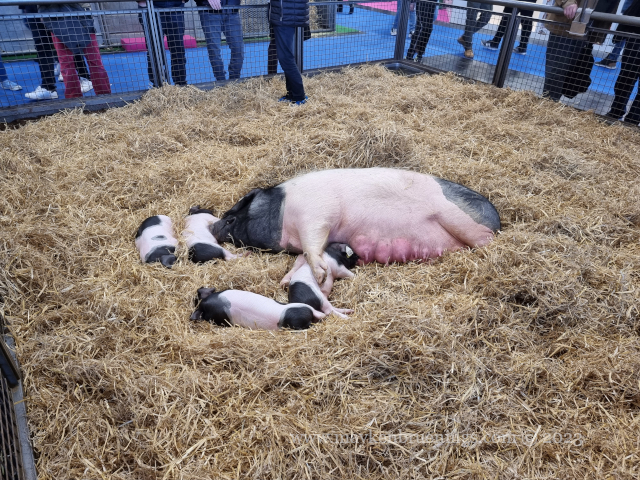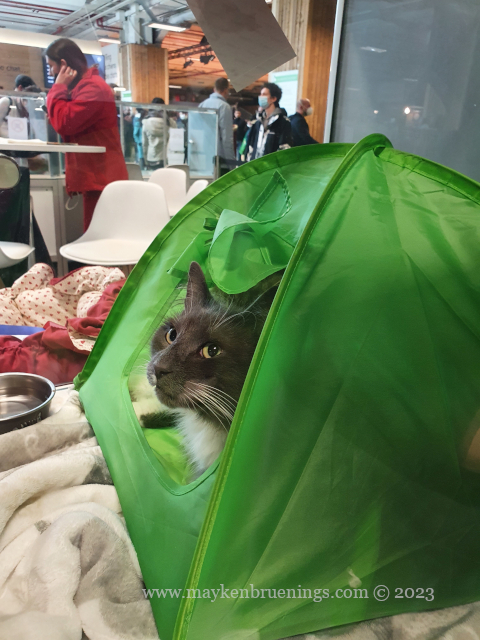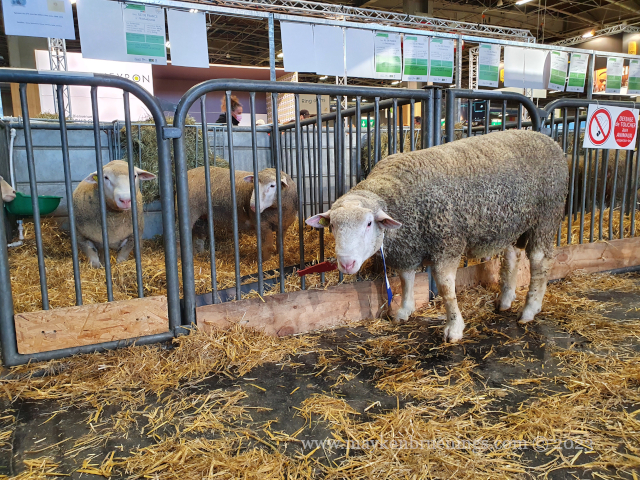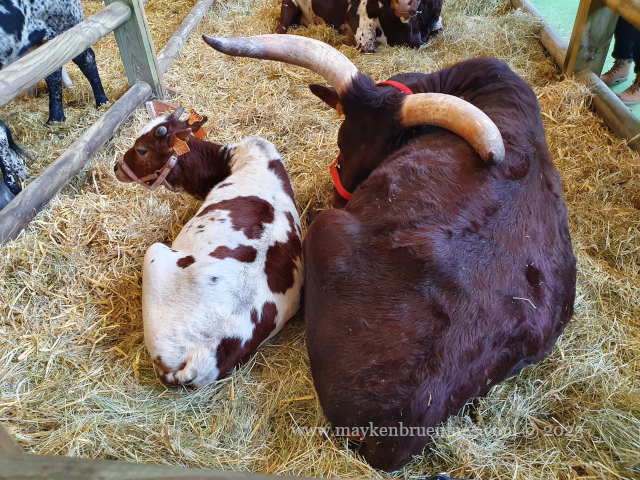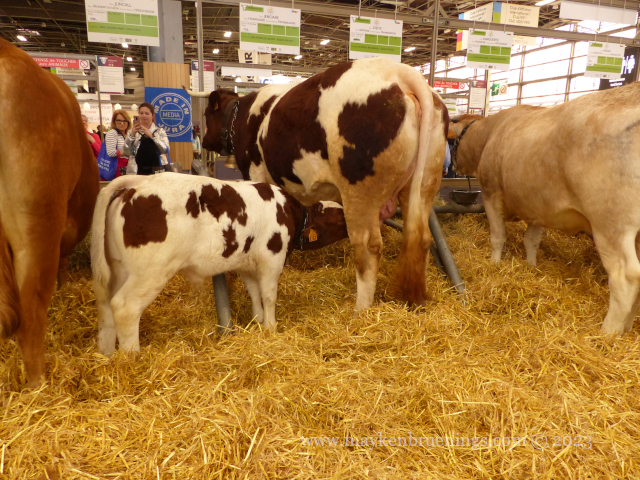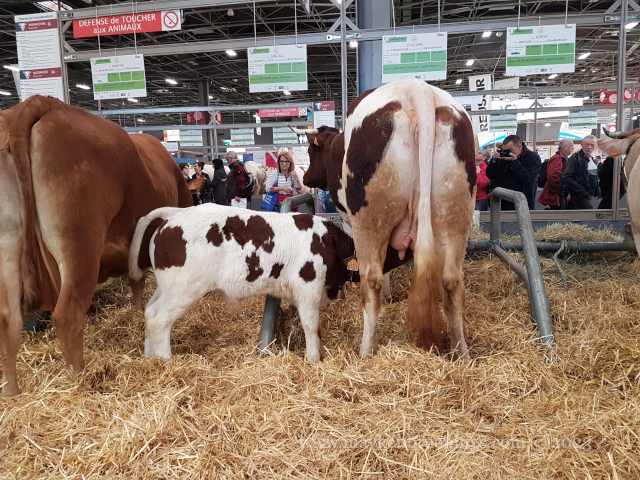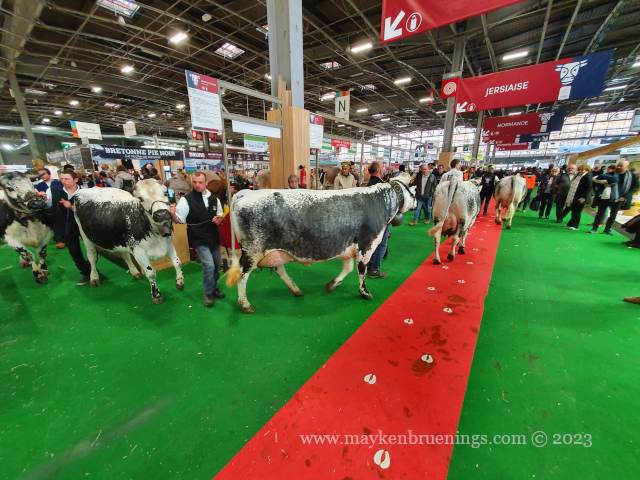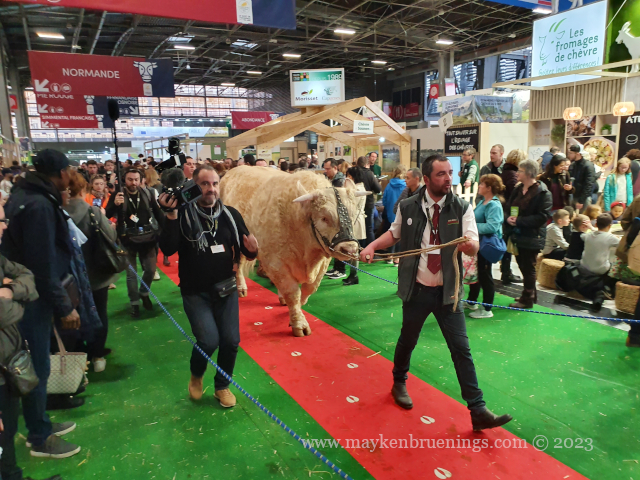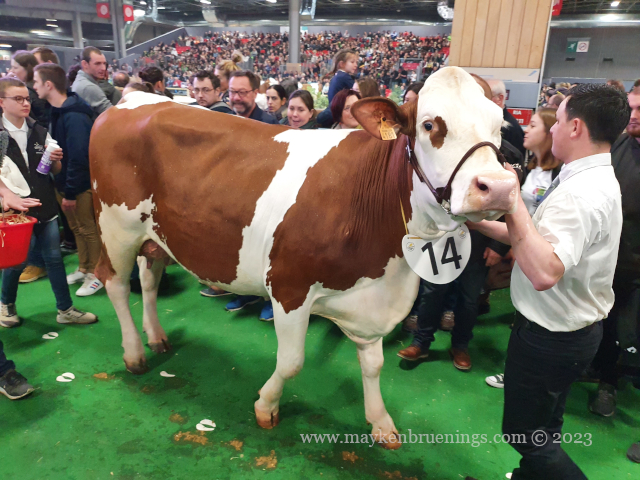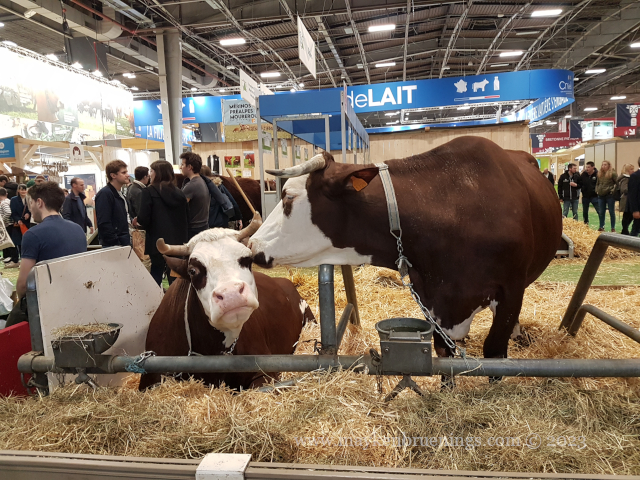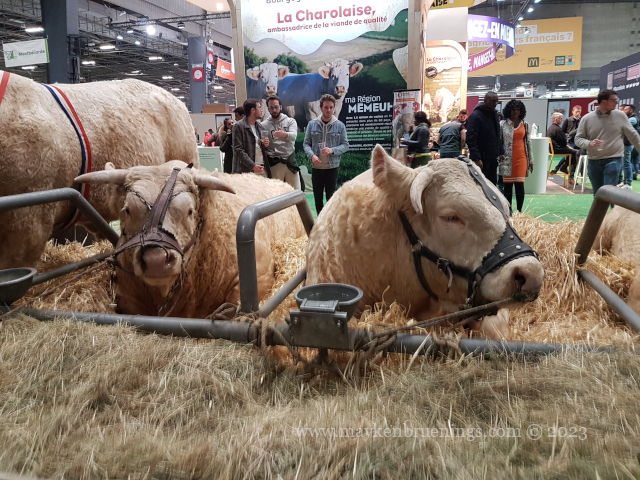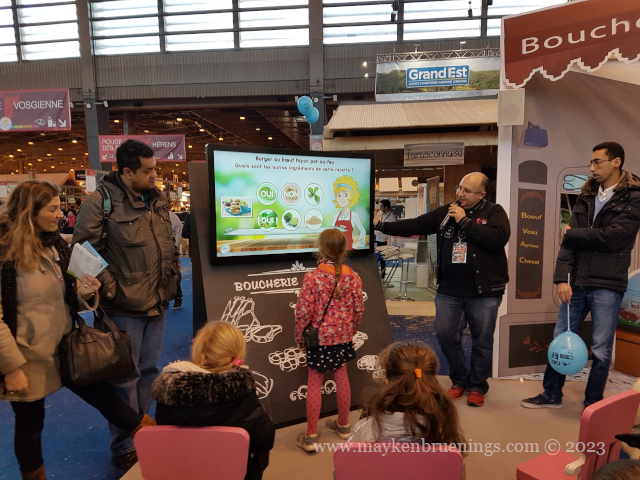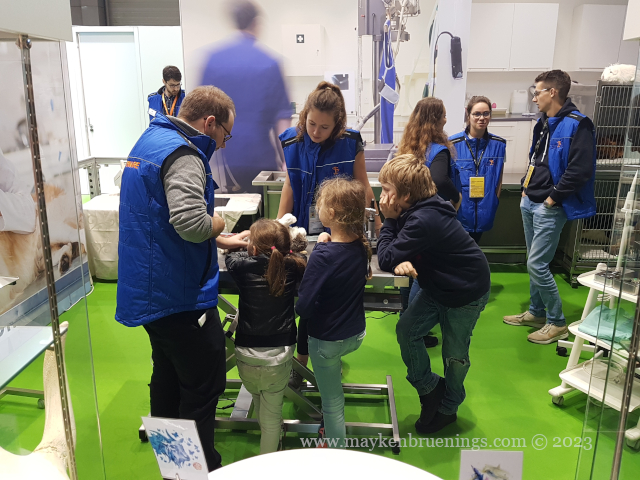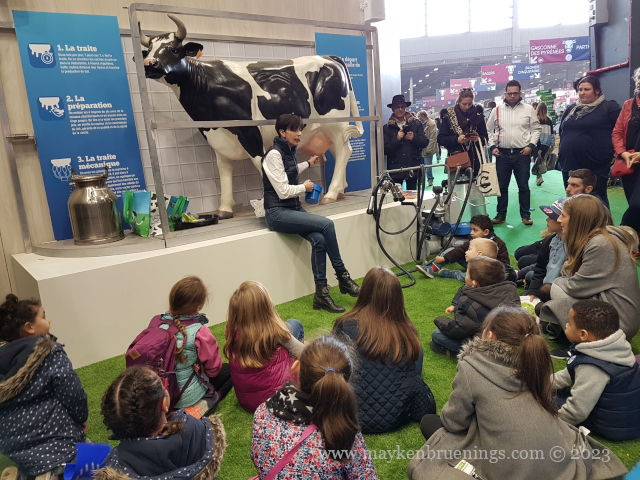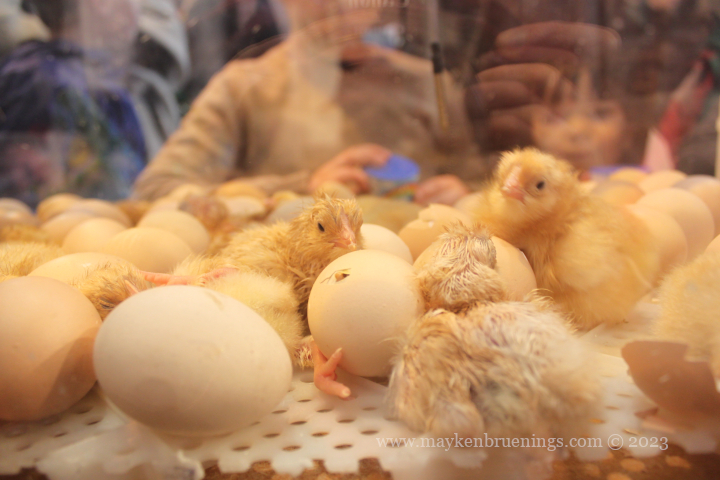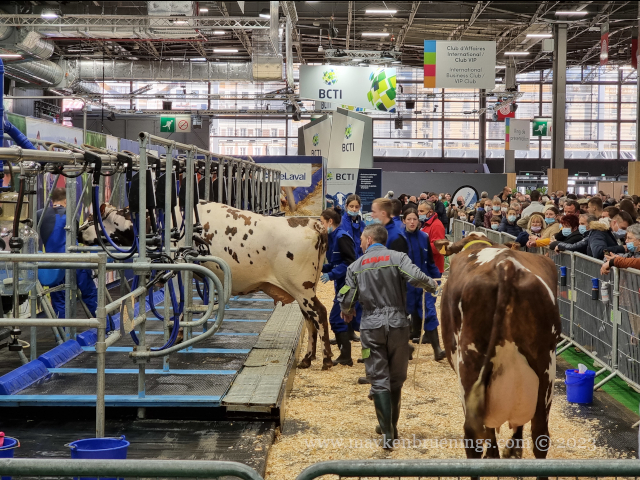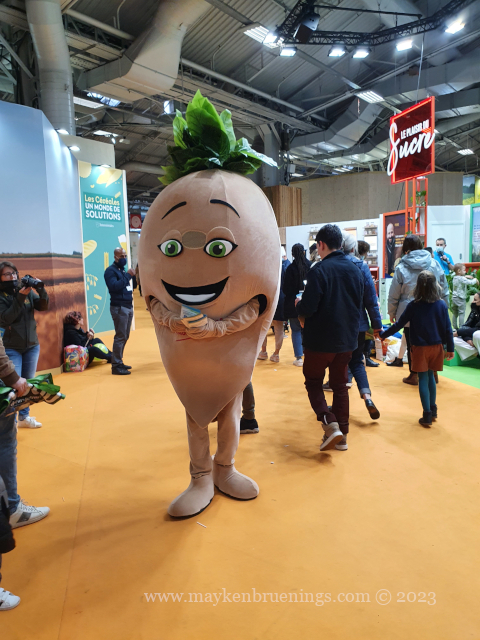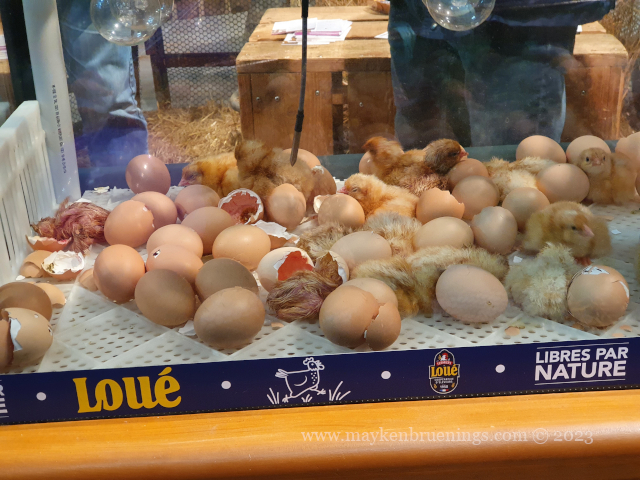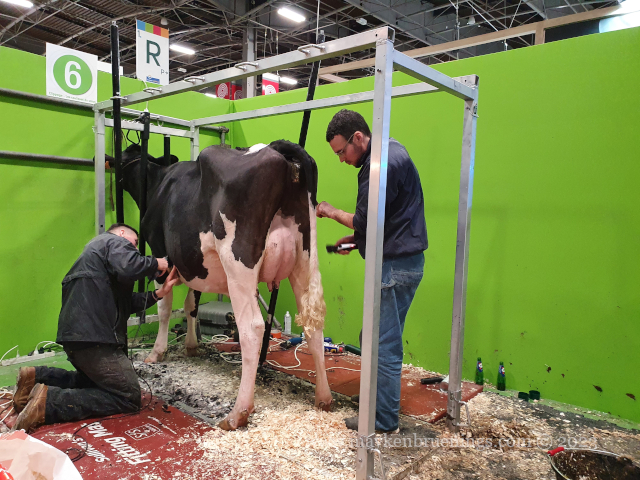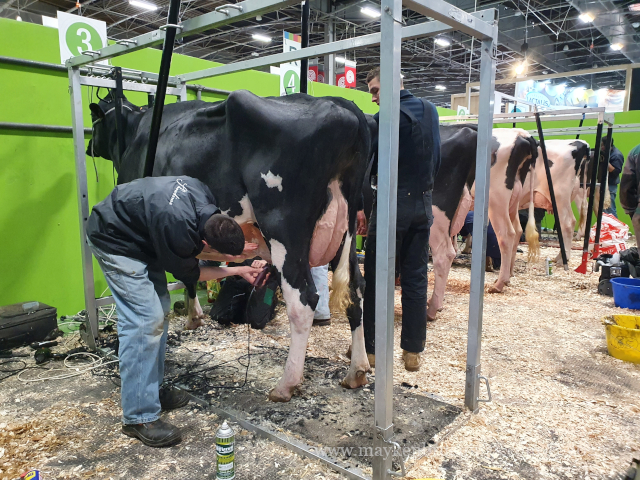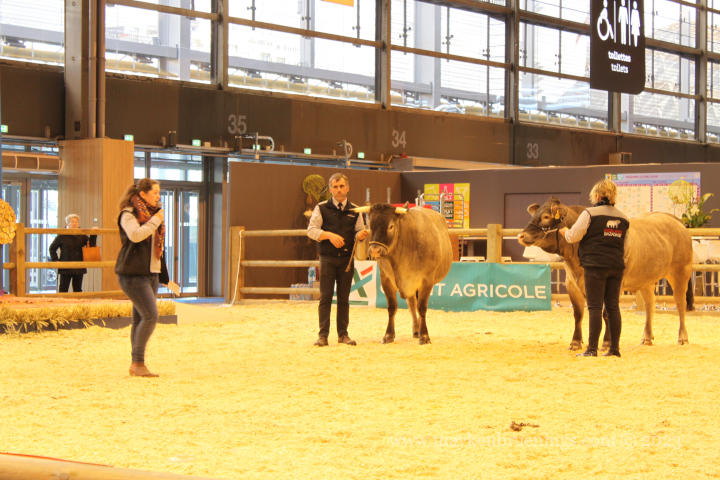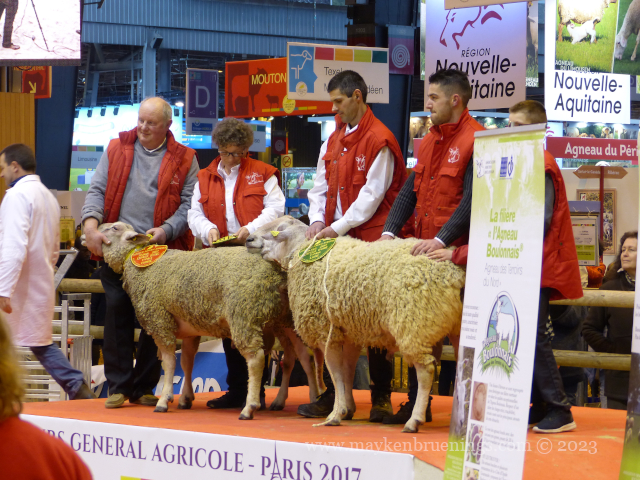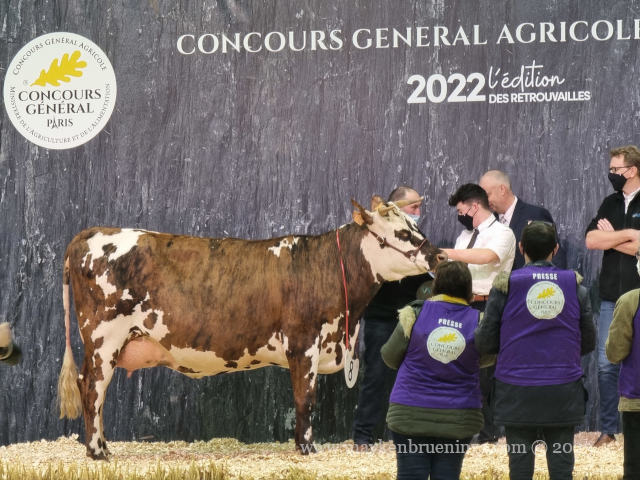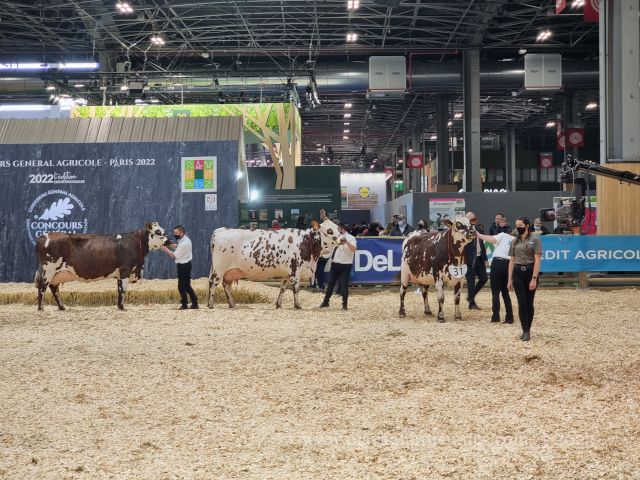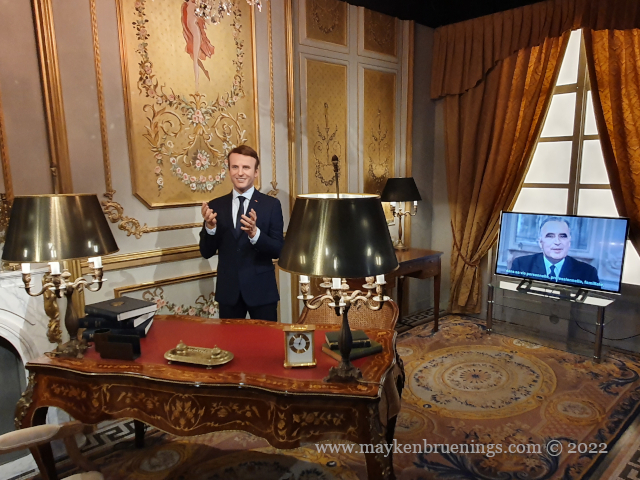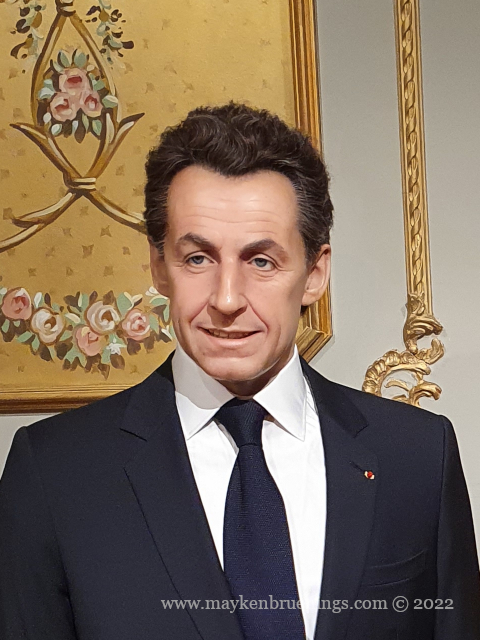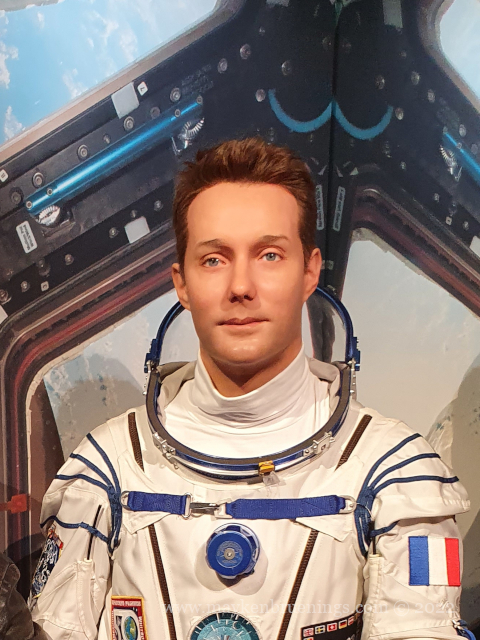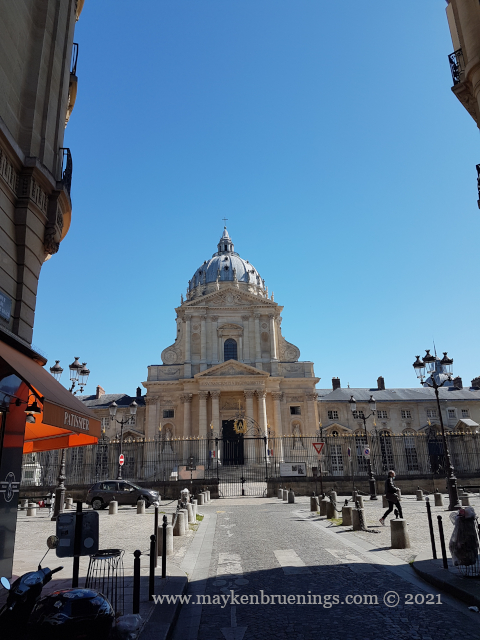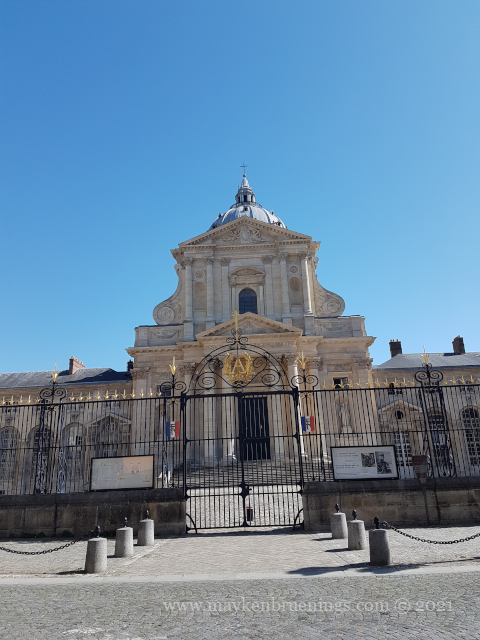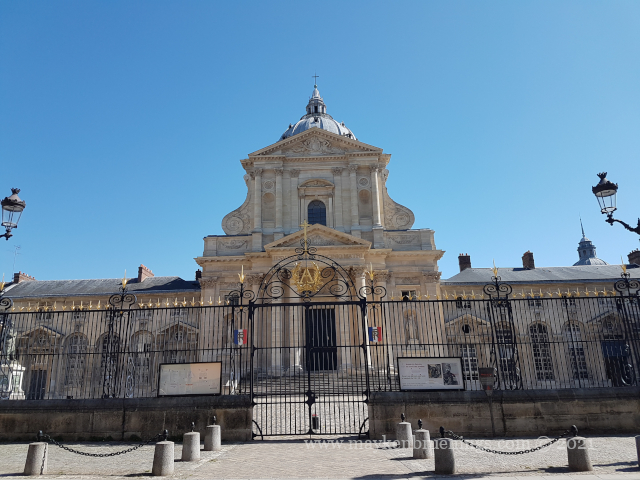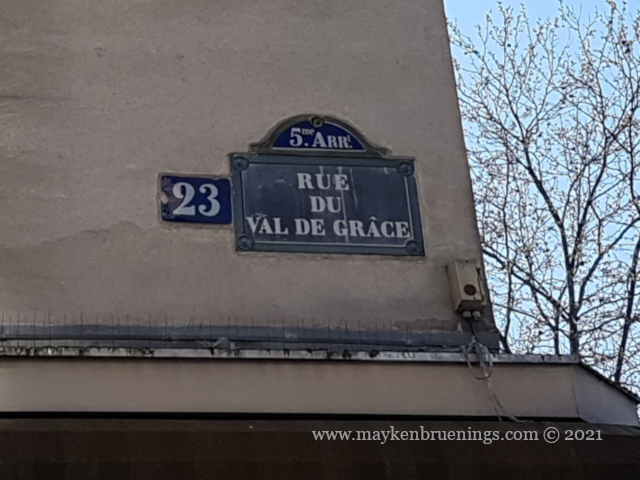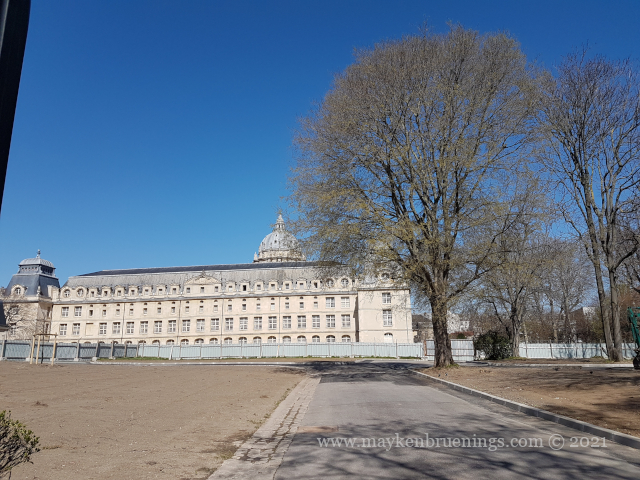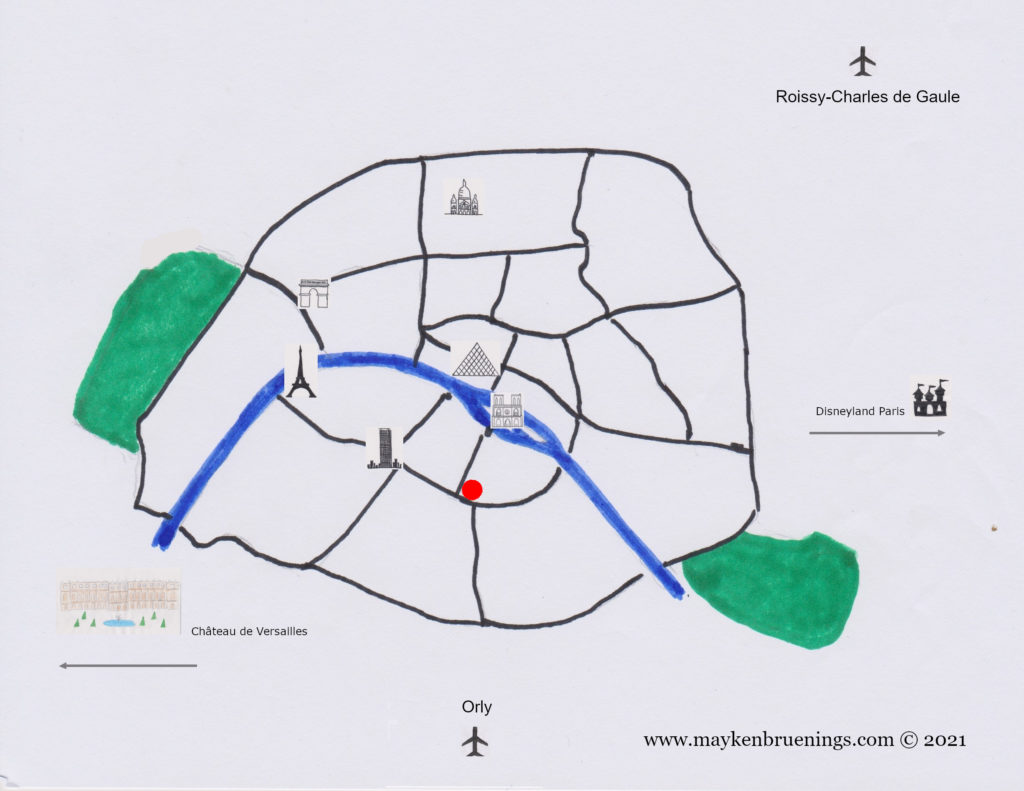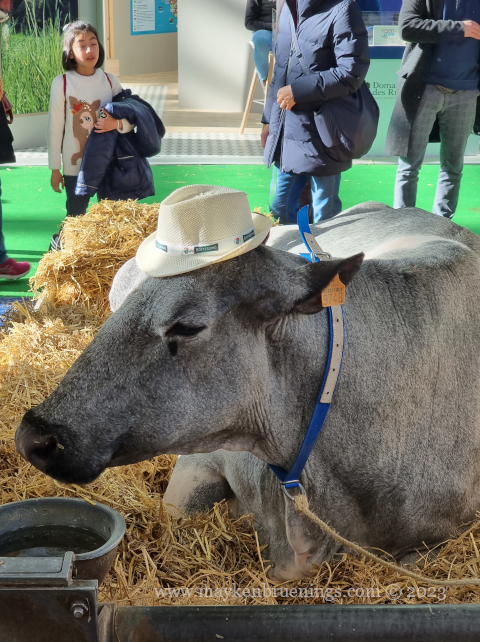
The International Agricultural Show (Salon International de l’Agriculture, or SIA) is a huge annual event, one of the world’s largest and most important, dubbed “the biggest farm in France”.
It lasts nine days at the end of February/beginning of March, and is open to the public for all of those, drawing hundreds of thousands of visitors each year (2019: 672 568 visitors according to the official website, four of which were me).
The show is held on the Porte de Versailles fairgrounds, where it occupies most of the halls, only the one where the Concours Général Agricole is held is closed to the public.
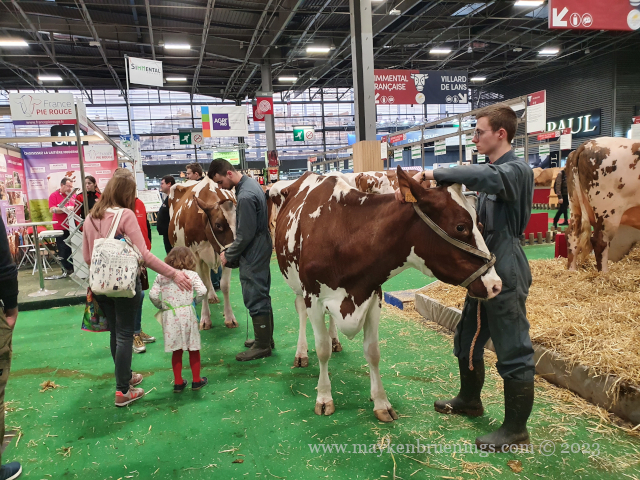
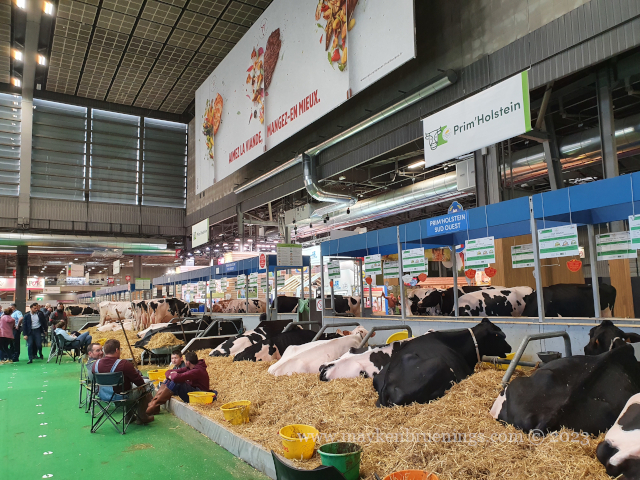
Agriculture is written large in France, as one of the main economic activities in the country. “Don’t anger the farmers” is advice any French politician knows well to heed, or face the consequences.
So it is no surprise that the show is opened by the French president himself. Jacques Chirac (president from 1995 to 2007) was a big fan of agriculture, and his memory is honoured today with a collection of photos in the main hall.
A number of elected officials, and in election years, candidates, parade through the show during the week, and it is not unusual to run into a crowd of journalists and bodyguards around, say, the prime minister.
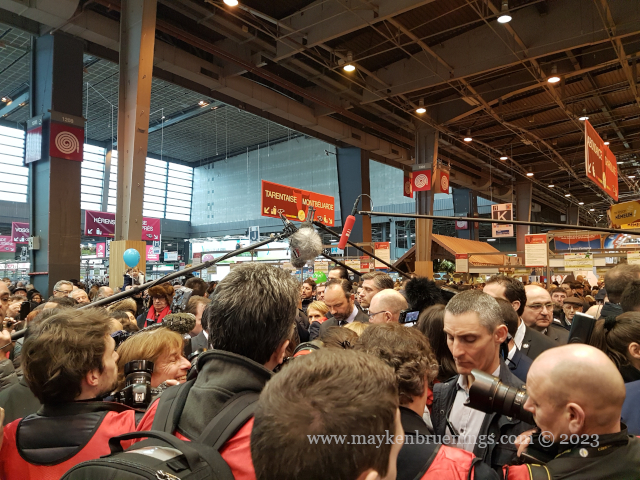
2018: Prime Minister Edouard Philippe 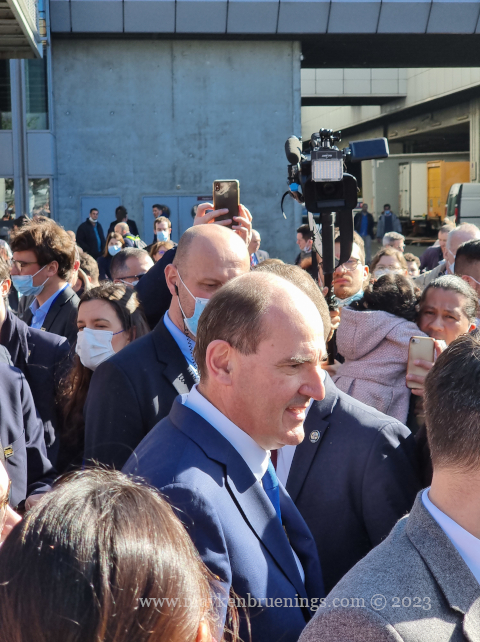
2022: Prime Minister Jean Castex
The main attractions of the show, according to who you ask, are either the food (two entire halls are reserved for delicacies from the different regions of France, French overseas territories, and a number of guest countries) or the animals – over 4,000 of them in the 2022 edition, representing 360 different breeds of cows, sheep, goats, horses, ponies, donkeys, bunnies, pigs, dogs, cats, and various poultry.
The stars of the show are unquestionably the cows. Since 2000, a cow has featured on the official posters, entry tickets and other promotional material. Every year, one bovine breed is in the spotlight, and for the past few years, an individual cow of that breed occupies the place of honor and becomes the star of the show. The 2022 cow, for example, was a 4-year-old cow of the Abondance breed from the Savoy Alps named Neige (Snow).
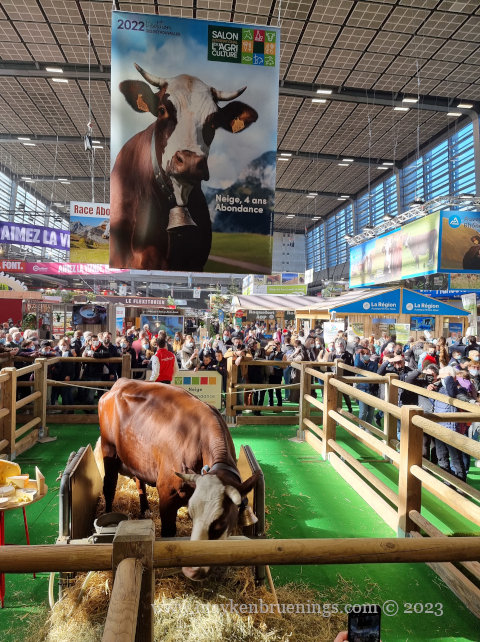
But it’s not all about the animals and the food, a major part of the show is also reserved for the presentation of technologies, companies, equipment, research, linked in some way or other to agriculture, from veterinarians to high-tech tractors to hunting outfitters.
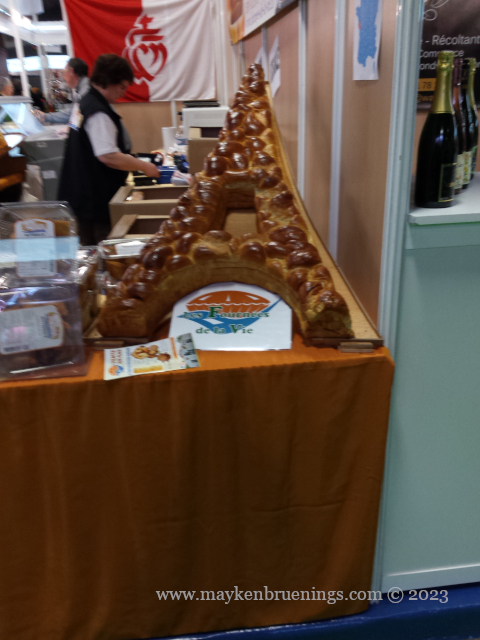
METADATA-START 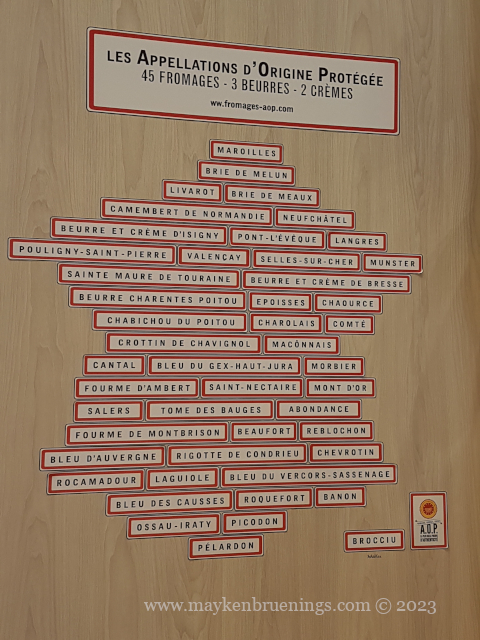
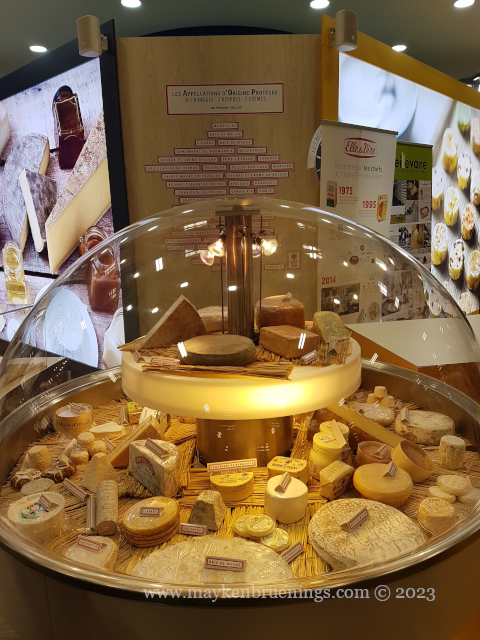
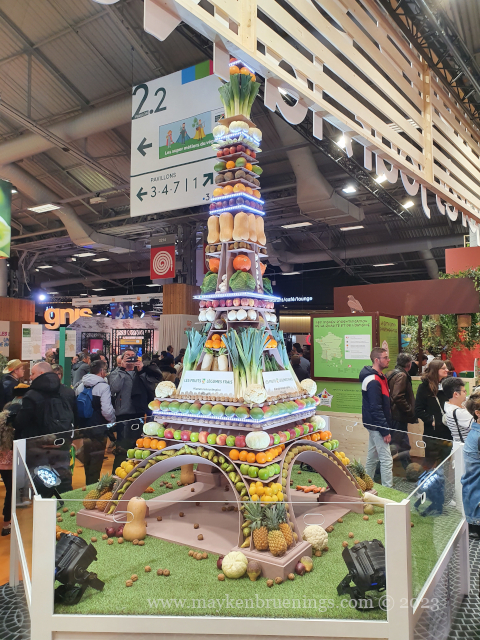
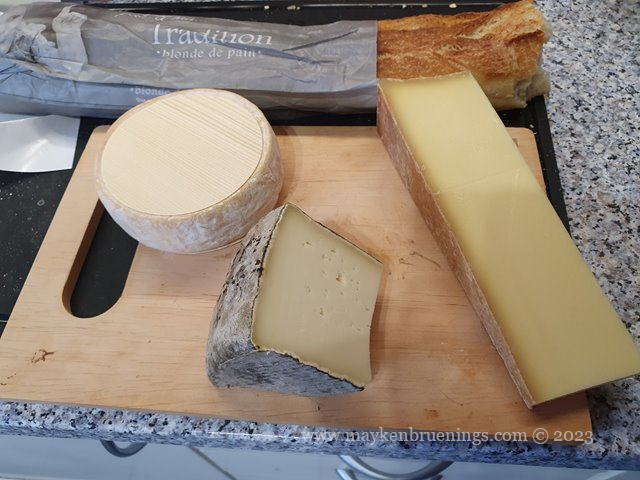
Another important aspect of the show is educating the public. Here kids (and adults) can see up close how cows are milked, chicks hatch, and win prizes in various activities and quizzes.
Speaking of prizes, all week long, the different breeds are presented in the ring, and proud farmers return home with medals and plaques. Food also gets prizes, at the prestigious Concours Général Agricole, and the gold, silver, or bronze medal will feature prominently on the products when they hit store shelves.
My favorite part? Hugging cows, winning a useful prize (like an eggplant screen wipe or a lunch box) or adding another cow-themed object to my collection. Occasionally I get interviewed for the radio or TV, and I’ve made friends with the owner of the 2016 poster cow Cerise (a Bazadaise from the Landes, in southwestern France).
